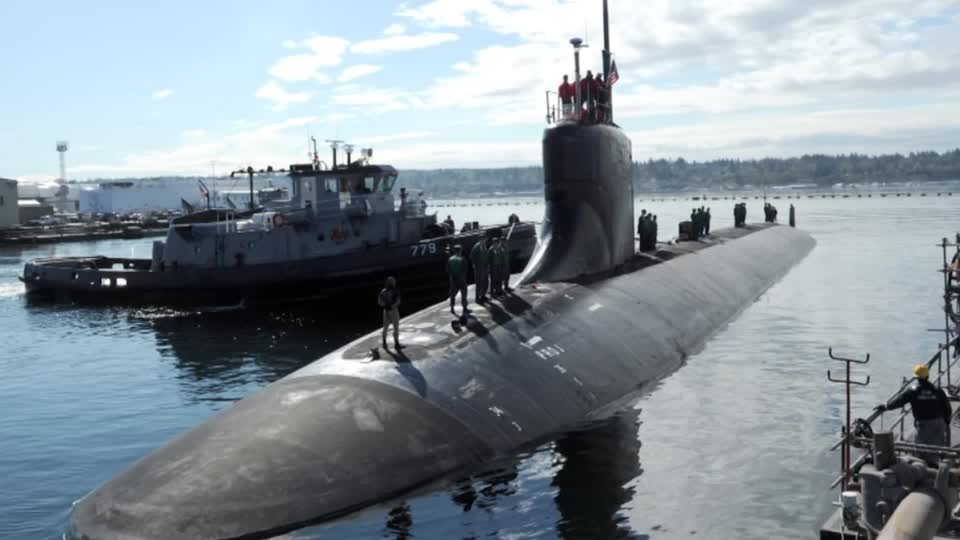
Willie R. Tubbs, FISM News
[elfsight_social_share_buttons id=”1″]
The early-October wreck of a United States submarine in the South China Sea turns out to have been an ill-timed accident in contested waters.
USNI News, the online presence of the United States Naval Institute, reported Monday investigators found that on Oct. 2 the USS Connecticut, a Seawolf-class submarine, struck a previously unmapped underwater mountain.
“The investigation determined that Connecticut grounded on an uncharted seamount while operating in international waters in the Indo-Pacific region,” 7th Fleet spokesperson Cmdr. Hayley Sims said in a statement. “Commander, U.S. 7th Fleet will determine whether follow-on actions — including accountability — are appropriate.”
The wreck resulted in several non-life-threatening injuries for members of the crew and required the ship to deviate from its initial plans and visit Guam for repairs.
The timing and location of the incident could hardly have been less convenient. The U.S. and China have been engaged in a rhetorical battle over Taiwan for months, and both nations have routinely conducted military shows of force in the South China Sea and Indo-Pacific region.
On the day of the wreck, China sent 39 aircraft into Taiwan’s Air Defense Identification Zone; and Chinese warplanes have continued this practice.
The U.S., to the consternation of China, has continued to pledge its support to Taiwan, and last week Taiwanese president Tsai Ing-wen confirmed the presence of U.S. troops in her nation. The troops are few and are in the country to train Taiwan’s military.
As explained by Sam LaGrone of USNI News, the Connecticut’s damage revealed a potential shortcoming in the U.S. Navy’s ability to efficiently repair damaged submarines.
LaGrone reports attack submarines due for maintenance have faced a backlog, an issue that was brought up at a House Armed Services Committee readiness subcommittee hearing last week.
At that hearing, Rep. Joe Courtney (D-Conn.) said, “It just shows how … the world gets a vote and things change and unexpected incidents create more demand for repairs. … The attack subs have always been the poor cousin in the public shipyards in terms of getting priority, but we know particularly a Seawolf-class submarine is extremely valuable in terms of the mission in that part of the world.”
There are just three Seawolf-class submarines in use by the U.S. Navy, the Connecticut, Seawolf, and Jimmy Carter.
Originally intended as a late-Cold-War-era defense against a potential submarine-borne Soviet ballistic attack, the nuclear-powered Seawolves have been replaced by the newer, smaller Virginia class of submarines.
